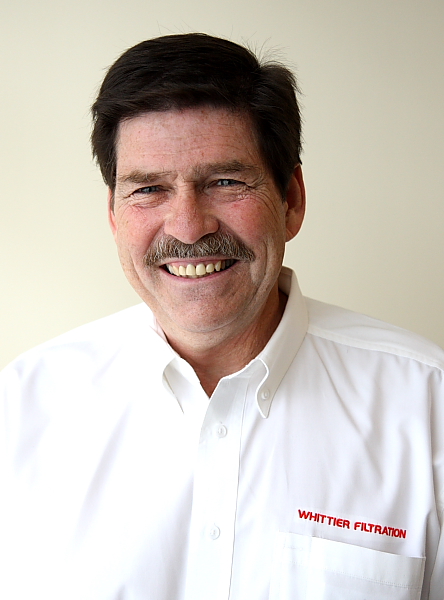Question: How are hydrocarbons best removed from water?
Answer: First, the type of hydrocarbons present must be identified. Typically, the hydrocarbons in question are in the form of oil or an oil-like substance. In that case, the miscibility of oil will have a major influence on the process used. If the oil is immiscible in water and the droplet size is large, the droplets will probably rise rapidly to the water surface where they can be skimmed off. The rate at which oil rises depends on the difference in specific gravity between the oil and the water, the viscosity of the water, and the oil droplet size. In cases like this, separators that are designed based on Stoke’s Law are commonly used. Some of these separators promote coalescing of oil droplets to enlarge them and cause more rapid separation. Centrifugal separators such as hydrocyclones and centrifuges work on the same principle, scaling down the separation chambers and time needed to separate.
When oil droplets are tiny or when they are “heavy” (approaching or surpassing the density of water), they become harder to separate. In that case, they can be helped to rise faster by attaching gas bubbles to the oil droplets. Dispersing fine bubbles into the oily water and allowing time for the bubbles to rise will allow a floating oily froth to be skimmed from the top surface.
When oil can separate in water within a short period of time, it is said to be “free oil” and settling tanks, coalescers, and aforementioned separators based on Stoke’s Law can be effectively used. Fine removal of free oil down to single digit ppm levels can be done with media filtration, preferably using nutshell media. However, when the oil is not free due to very small droplet size, is emulsified or is soluble in water, these processes will not be very efficient and may have little to no success.
Removing entrained, emulsified, or dissolved hydrocarbons from water can be very difficult and there are many processes that can be employed, some having varying degrees of success depending on the hydrocarbon species in question. Sometimes, chemicals can be added to the solution to cause the oil to become free and separable. Other times, it may be possible to break down hydrocarbons using a biological or chemical oxidation process. Direct removal of hydrocarbons may be possible via gas stripping, nanofiltration membrane filtration, adsorption onto activated carbon, extraction onto macroporous polymer, or other means.
Ken Severing is director of business development for Whittier Filtration, a business unit of Veolia Water Solutions & Technologies (Saint Maurice, France; http://www.veoliawaterst.com)
